Many alternatives to mainstream energy used by homes across the world have arisen in the 21st century. There are renewable energy sources for home electricity and heating purposes. These lower energy costs while reducing one’s carbon footprint to make the home more sustainable.
Here are a few energy alternatives you can consider for your home.
Solar Power
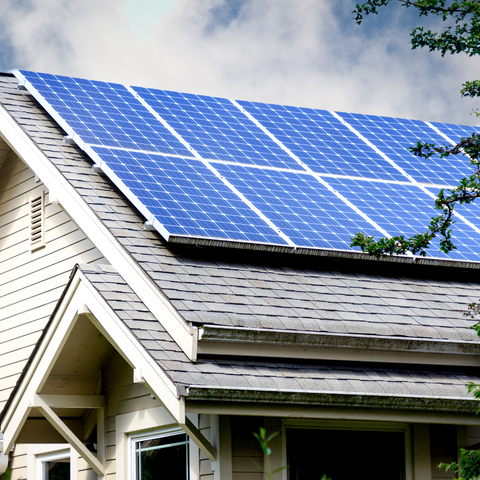
The use of solar photovoltaic panels that you can attach to the top of your roof. These panels convert the sun’s rays into electricity that you can use to power your devices and warm and cool your home.
Rooftop solar panels are some of the most common methods of alternative energy for the home. Depending on the orientation of the solar panels and your latitudinal location, your solar panels can generate around 10 watts per square foot.
A typical household requires at least one kilowatt of electricity, so using a few square feet of solar panels should suffice to meet most of your power needs.
It does not have to be excessively sunny for these panels to generate power in daylight, though they do generate more power on sunnier days. This power generated can be stored in batteries so that you can use it after dark.
Using solar panels can help reduce your reliance on the main electricity grid, thus helping you cut down on energy costs. You do not have to shift all your energy reliance to solar energy, rather you can use them to complement your existing energy setup.
One popular way to leverage solar energy is by using it to heat your water all year round. Solar heating systems can be fitted to your roof or on a free-standing frame. This setup requires approximately 5 square meters of space that receives direct sunlight for much of the day.
Solar water heaters use the sun to heat a reserve of water and thus can be pumped through radiators or faucets and showerheads. This makes it a much cheaper way of heating water than electricity or gas, and it is much easier to install compared to solar panels.
Remember that there are many different types of solar water heaters, and each has its pros and cons. So be sure to do some research on available units to select the type of system that best suits your home.
Air Source Heat Pump

An air source heat pump (ASHP) transfers heat from the outside air into indoor spaces. They work similarly to a refrigerator by absorbing heat and transferring it to another medium.
When installed correctly, an air source can deliver up to three times more heat energy to a home compared to the electrical energy it consumes.
Air source heat pumps can absorb heat from the outside air and transfer it directly to the home via a fan to heat a room, or they can transfer the heat to a central heating system to heat water, a radiator, or underfloor heating in indoor space.
However, there are some disadvantages to air-source heat pumps. They:
- give off less heat supply compared to boilers,
- require a well-insulated home to be effective,
- offer less efficiency below 0 degrees Celsius,
- offer lower savings compared to low-price mains gas supply.
- Also, air-source heat pumps can be noisy,
Remember that air conditioning uses more electricity than anything else in the home, and it, therefore, costs you substantial amounts of money annually.
This is more evident if you have central air heating and you reside in a cold climate. Thus, using an alternative energy source to heat your home can save you hundreds of dollars annually .
Wind Energy

Wind turbines are not just confined to the big wind farms and open spaces you see online and in other media forms. Smaller and more affordable wind turbines are available for homes and come as either free-standing poles or those that can be installed on buildings directly.
These wind turbines generate energy from the wind by turning the blades to drive an internal turbine. Energy experts estimate that a 6kW pole-mounted turbine can save homeowners nearly $360 annually on electricity bills.
There are some downsides to wind turbines that have made them less popular in residential areas. They are:
- Wind turbines can be unsightly
- make a lot of noise when strong winds are blowing about.
- wind turbines take up a lot of space,
- depending on where you live, some zoning regulations and local laws may forbid it.
Biomass Systems

Biomass heating systems generate heat energy by burning organic materials such as wood pellets, logs, and chips. This is a low-carbon means of heating water and the home compared to burning fossil fuels like oil and coal.
Experts indicate that a biomass system can save up to $900 a year compared to conventional electric heating systems.
Hydroelectric Systems

Hydroelectric power is generated using water flowing downhill. If your home is close to a river or a lake, this is a great option worth considering. A small-scale hydroelectric power plant can generate enough electricity to power a home on a river that has a one-meter drop.
There are immense benefits to hydro-power in a household application. Unlike wind and solar energy, hydro-power is stable and continuous, meaning you are likely to get the same input of power regardless of time or weather changes.
Conclusion
Alternative energy sources like solar power, wind energy, biomass heating, and hydroelectric power are highly subjective to preferences, outright investments, and location.
Therefore, consult a professional and carry out some research to identify and select the best possible alternative energy system that suits your home.
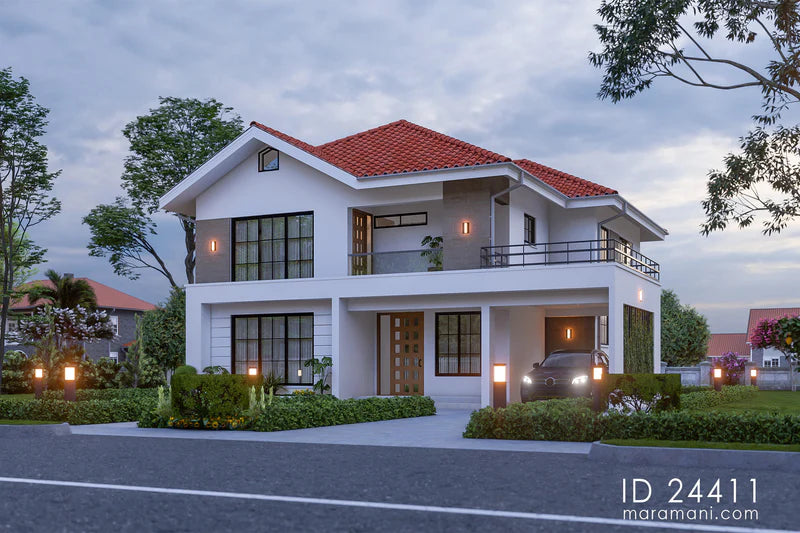
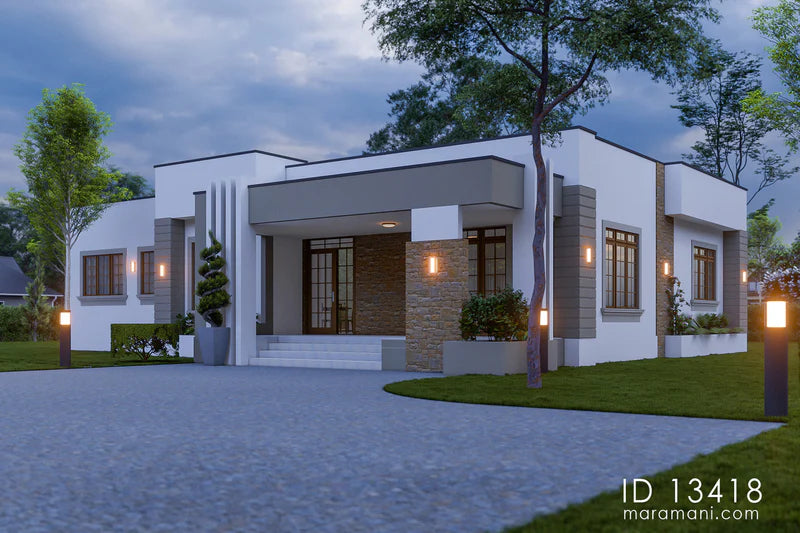
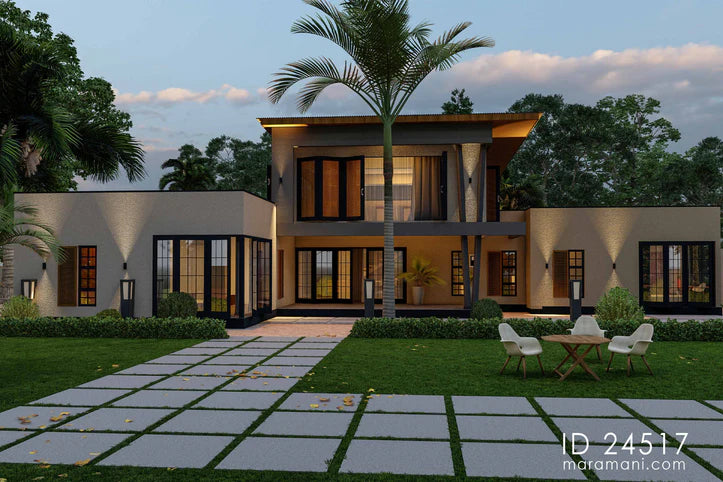

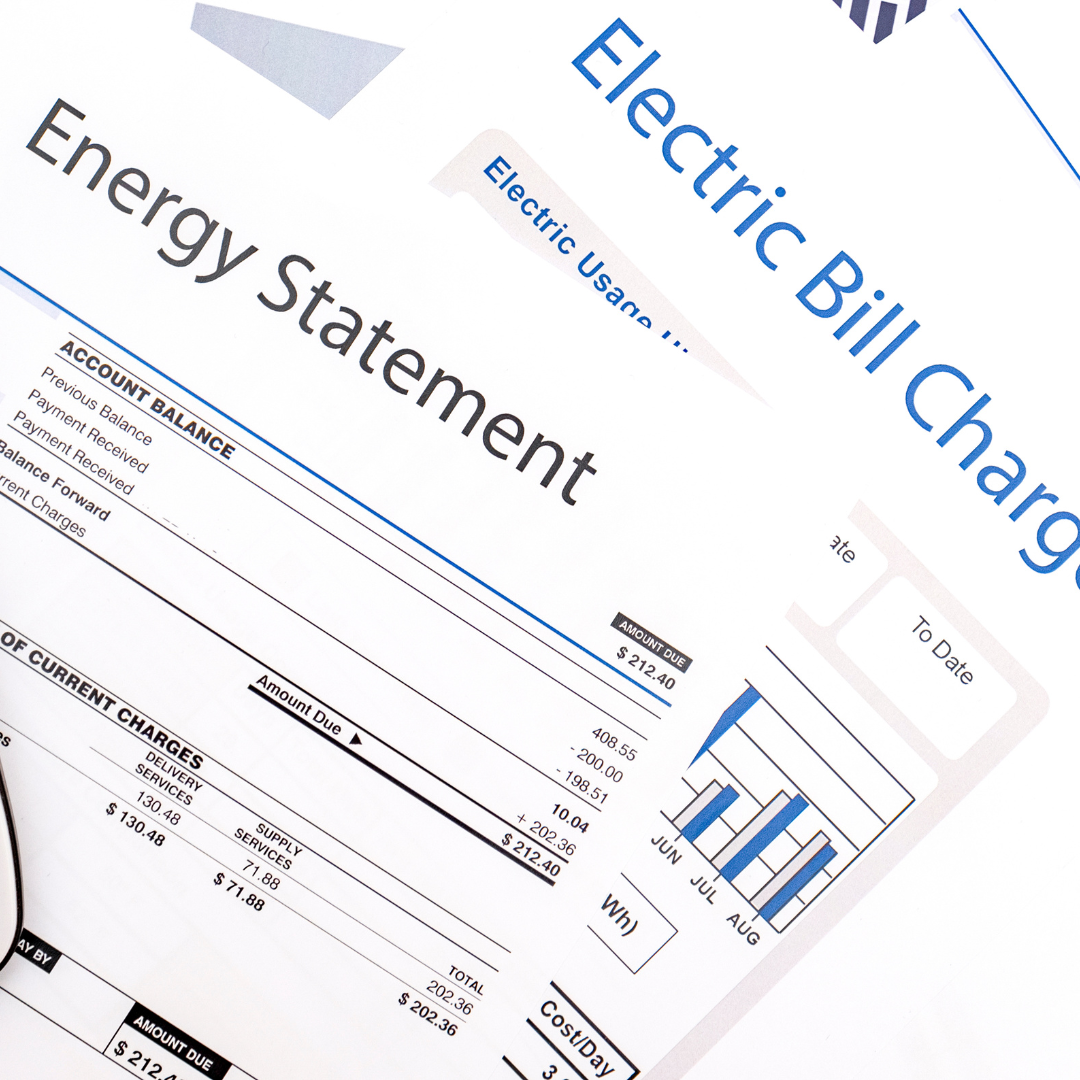
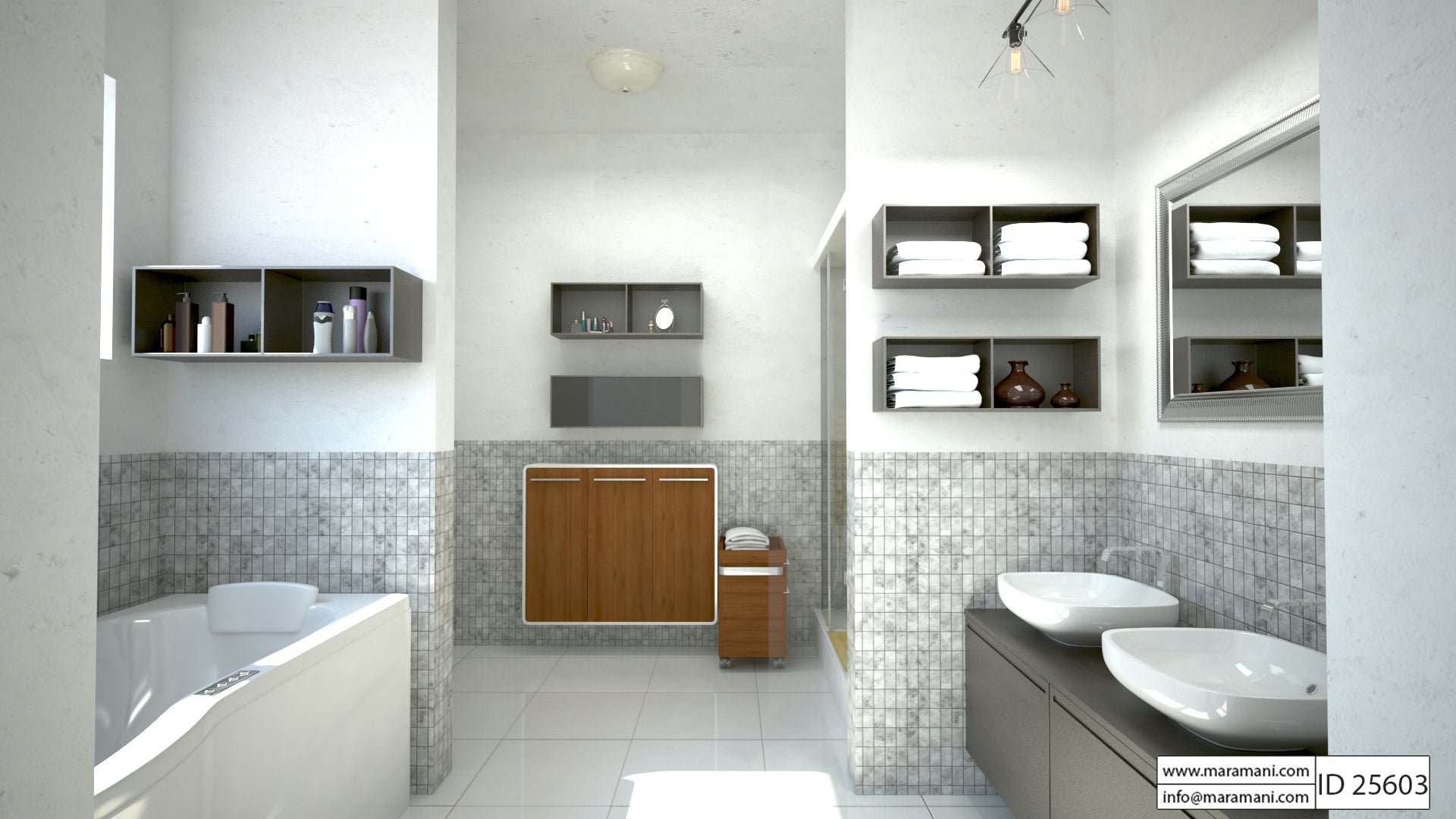
Leave a comment
This site is protected by hCaptcha and the hCaptcha Privacy Policy and Terms of Service apply.